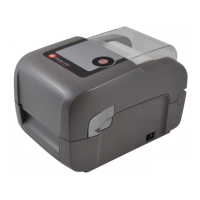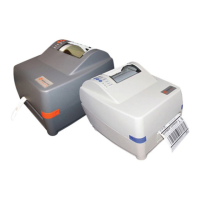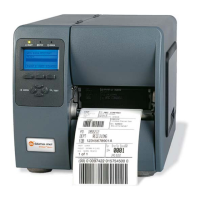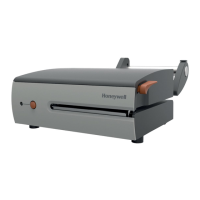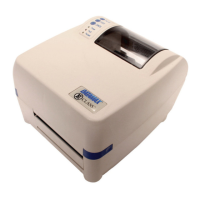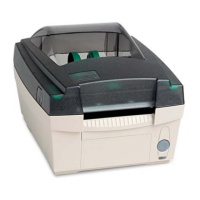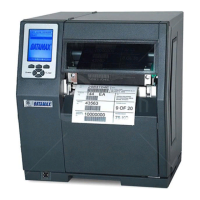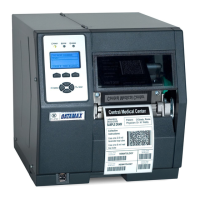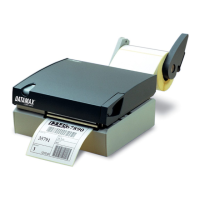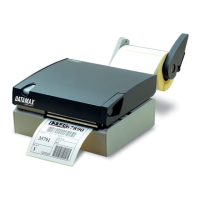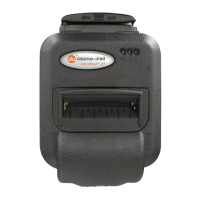Appendix G – Bar Code Details
204 Class Series 2 Programmer’s Manual
C: UPC-E
Valid Characters: 0-9
Length: Seven digits. If the user provides six digits, the printer will compute the
checksum. If the user provides the checksum, the printer will check that it matches the
expected checksum. If it does not match, the printer will print out all zeros and the
expected checksum.
Valid bar widths: The fourth character of record is the width of the narrow bar in dots.
All other bars are a ratio of the narrow bar (2 times, 3 times, and 4 times the narrow
bar width).
The following example prints a UPC-E bar code:
<STX>L
D11<CR>
1C0000000150100012345<CR>
121100000000100Barcode C<CR>
E
D: Interleaved 2 of 5 (I 2 of 5)
Valid Characters: 0-9
Variable Length.
Valid bar widths: The expected ratio of wide to narrow bars can range from 2:1 to 3:1.
The following example prints an Interleaved 2 of 5 bar code with a wide to narrow bar
ratio of 3:1:
<STX>L
D11<CR>
1D000000015010001234567890<CR>
121100000000100Barcode D<CR>
E
E: Code 128
Valid Characters: The entire 128 ASCII character set.
Variable Length
Valid bar widths: The fourth character of record is the width of the narrow bar in dots.
All other bars are a ratio of the narrow bar (2 times the narrow bar width, 3 times the
narrow bar width, and 4 times the narrow bar width).
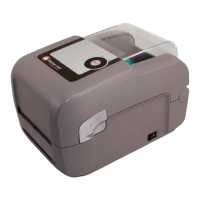
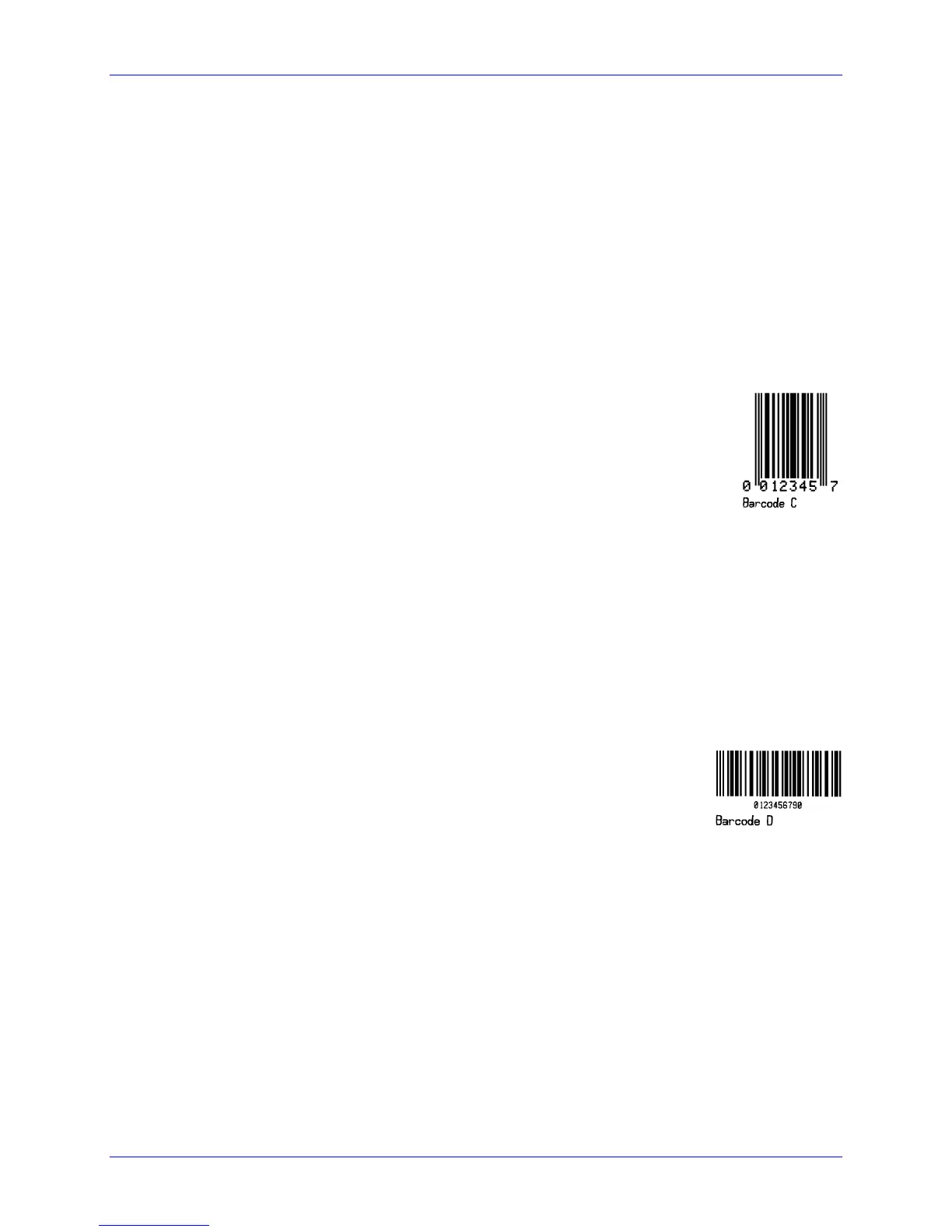